The pads and rotors will wear down over time depending on number of heavy braking zones at your local tracks. Changing brake pads and rotors is an essential maintenance task to be fast on the track.
Tools and Supplies:
New Vented Rotors – Enterprise P/N 800065
New Brake Pads – Enterprise P/N 801993
Brake Fluid
10mm socket/wrench
19mm socket and ratchet
Torque wrench
Brake cleaner
Paper towels
Large channellocks or C-clamp
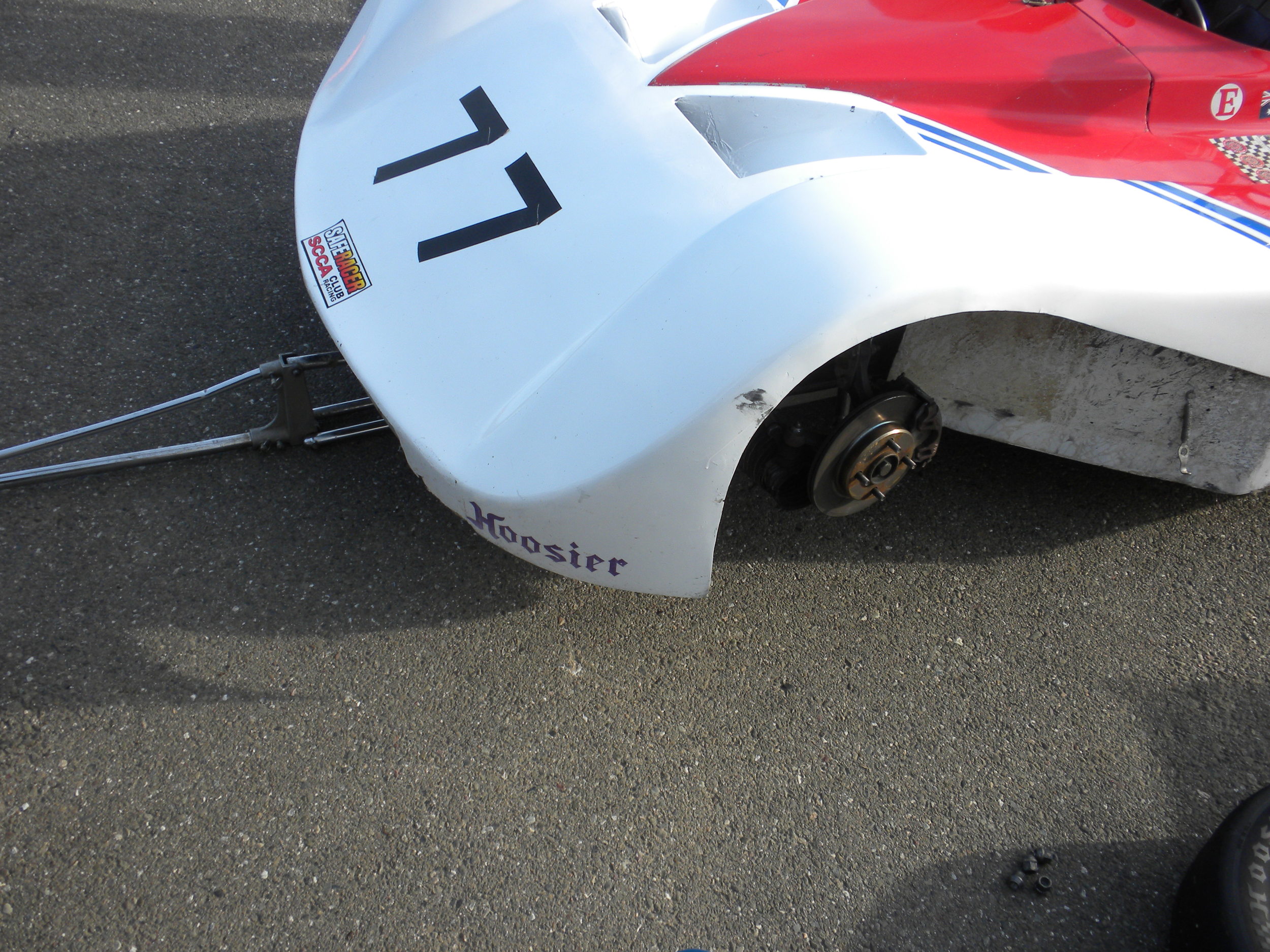
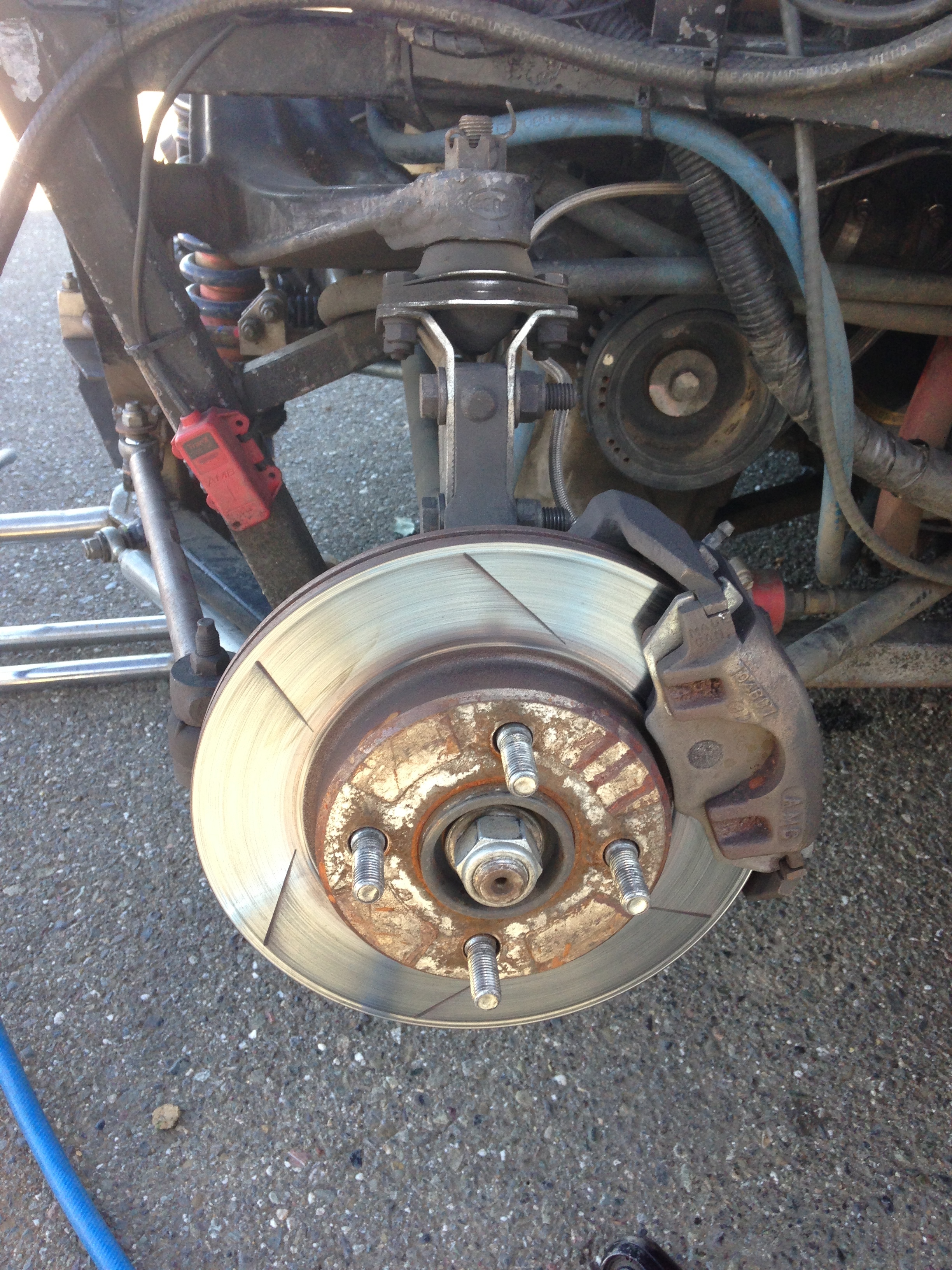
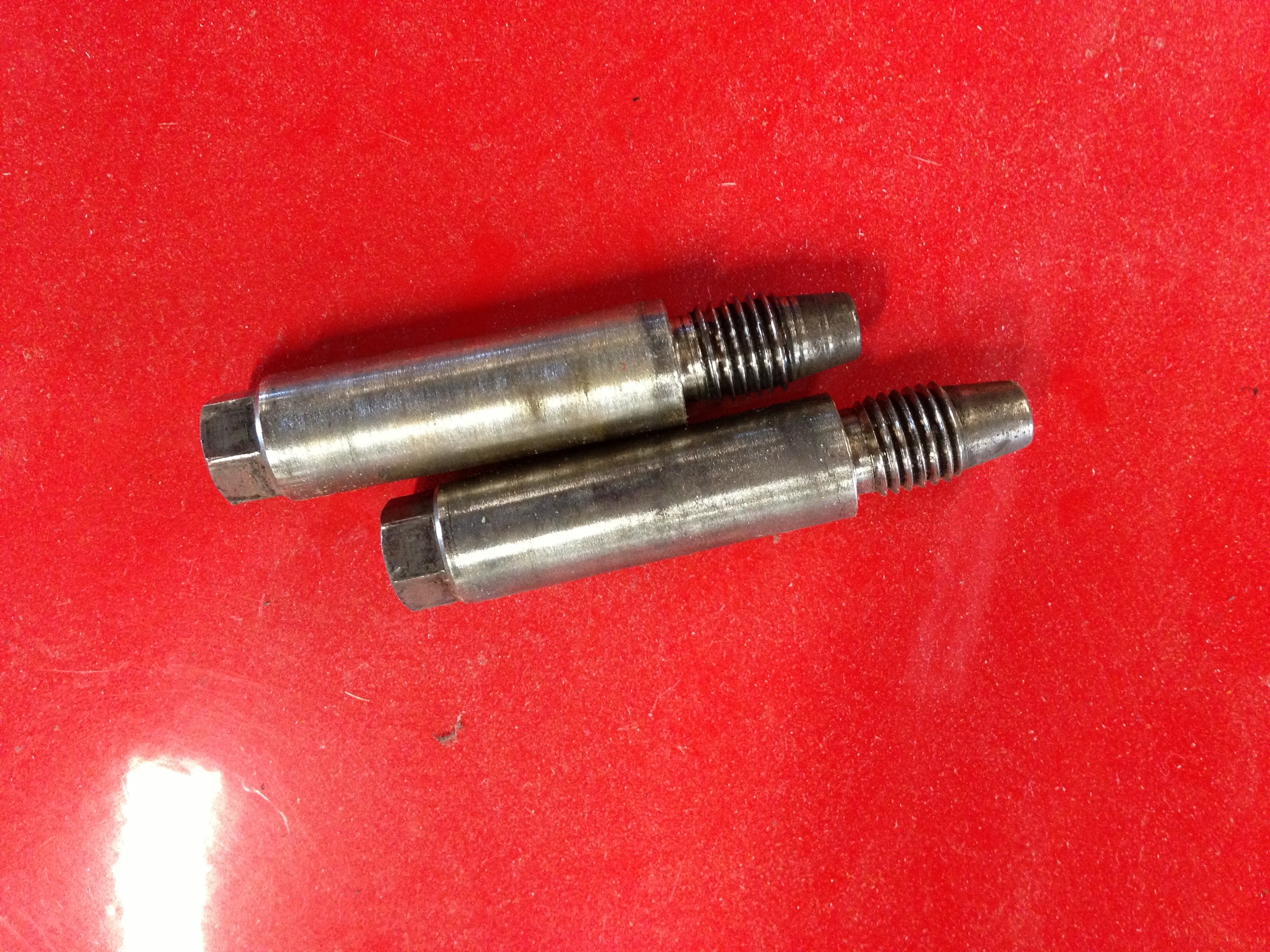

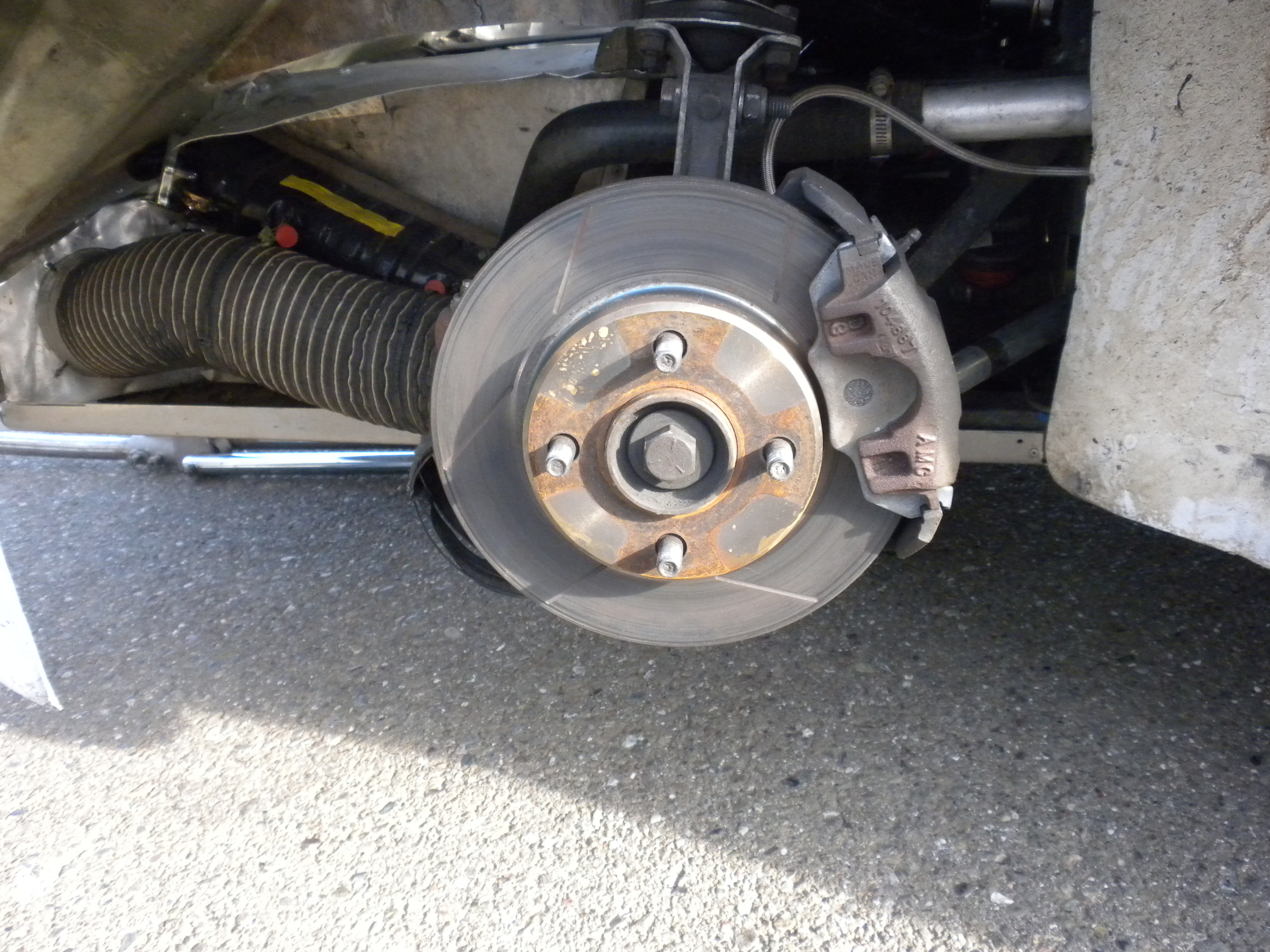
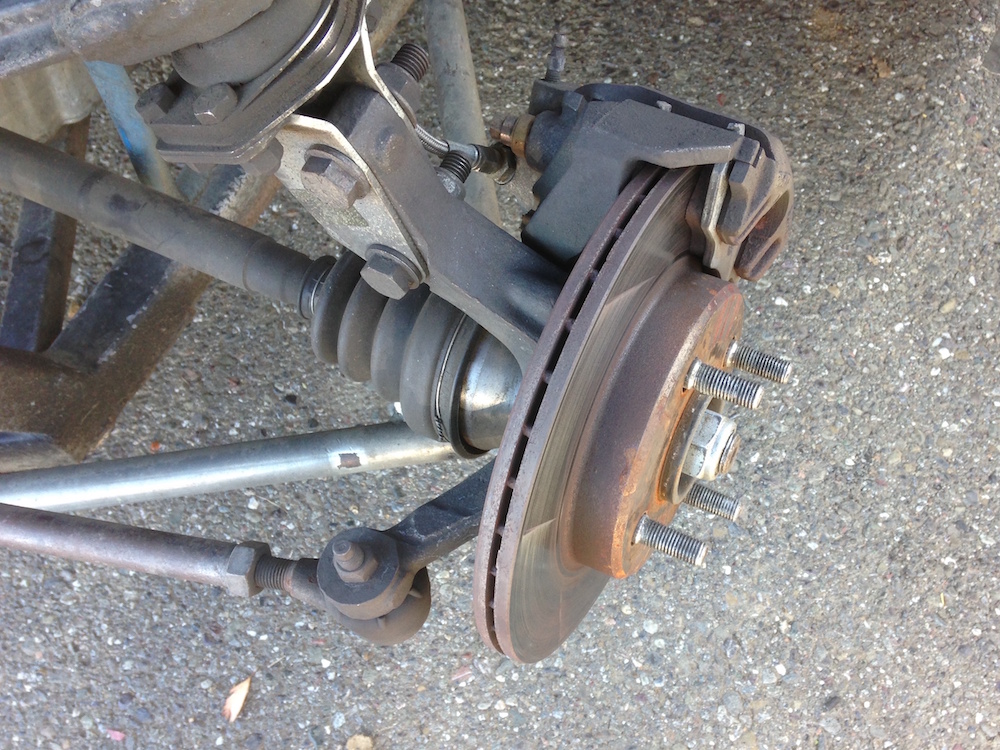
Instructions:
Remove the nose and tail of the car
Check the rotors and pads for wear
For the rotors you should be able to see the slots
For inspecting the pads use an Allan head key of a known thickness to feels whats left on the pads or you should still be able to see the middle slot
Remove brake master cylinder caps
Loosen Lug Nuts use a 19mm socket and ratchet
Jack Car Up
Remove Wheels
Place a spring clamp on one of the lug nut studs (helps keep the rotor in place)
Remove caliper pins with 10mm socket/wrench
Slide brake caliper off the hub, pads and rotor
Remove Pads
Remove the spring clamp to remove the brake rotor
Place new rotor use a spring clamp to keep it in place
Clean rotor braking surfaces with brake cleaner
Place new brake pads (tapered pad goes on the inside)
You may need to remove some brake fluid from the reservoir
Then push the piston back into the caliper using either large Channellocks or a C-clamp, be very careful not to damage the piston or dust seal
With the piston back in the caliper now slide the caliper over the brake pads and rotor
Insert caliper pins and tighten with 10mm socket/wrench
Remove spring clamp
Replace the Wheel
Replace and tighten the lug nuts
Repeat the rotor and pad replacement for the remaining wheels
With all the pads and rotors replaced lower the car to the ground
Torque the lug nuts to 55 ft-lbs
Pump the brake pedal to move the pistons out to the correct position
Top up the brake fluid as needed
Replace the nose and tail of the car
Bed the brakes before trying to go full pace on the next session





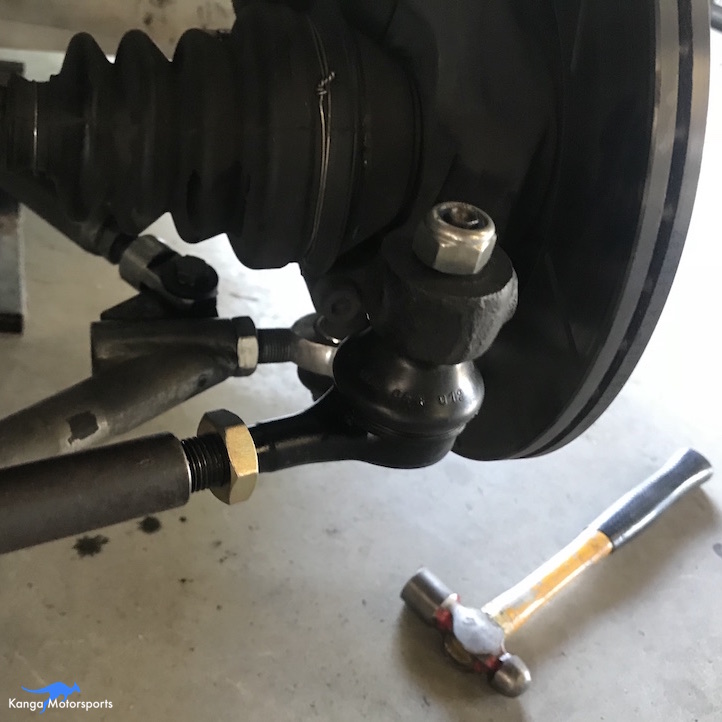







When replacing or refilling the Spec Racer Ford coolant system you need to make sure the all the air is bled out of the system before heading out on track.